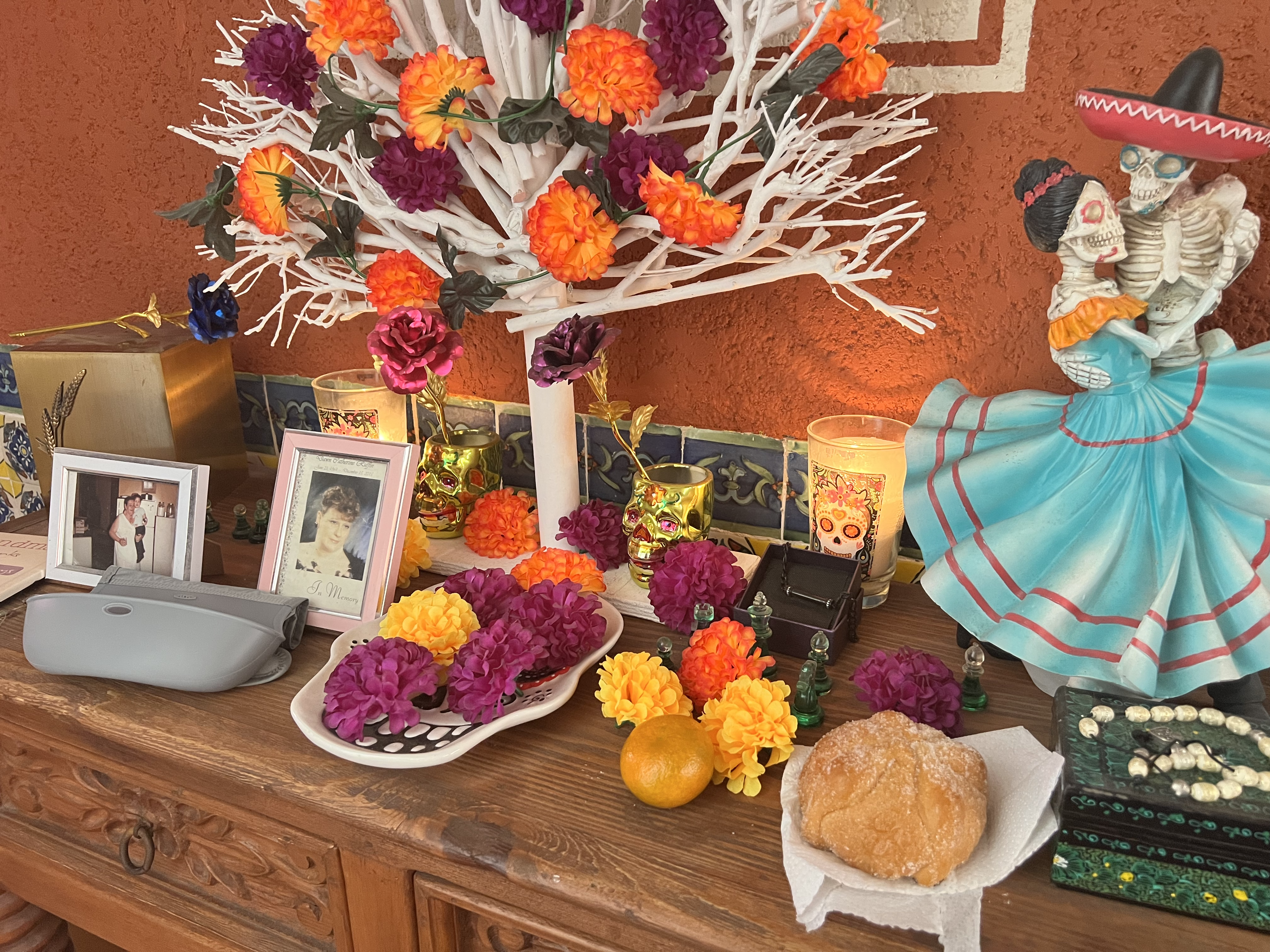Expressions of grief vary by culture and country. Years into my grief journey, I spent five weeks immersed in Mexican culture during one of the most powerful holidays of the year – Day of the Dead.
I was struck by my emotional reaction to the celebrations.
Particularly I was struck by what it feels like to be immersed in a culture that honors and celebrates grief – rather than treating it as something to be cured, an expectation we have normalized in the U.S. Grief is in fact far from linear and the type of resolution that many of us are told to expect never comes, leaving us to feel stunted in our grief, wondering what’s wrong with us.
Day of the Dead, or Dia de los Muertos, is a Mexican holiday traditionally celebrated over November 1st and 2nd. It is a time to welcome back the souls of loved ones who have passed.
Dating back thousands of years, it is believed in this part of the world that death is part of the cyclical pattern of life and that the border between the spirit world and the real world dissolves. During this brief period, the souls awaken and return to the living world to celebrate with their loved ones, guided by marigolds (whose scent is thought to guide the dead), the deceased’s favorite foods or drinks left out as part of the ofrendas (or offerings placed on a home altar during the celebration).
In the Yucatán, where I stayed, Hanal Pixan is also celebrated. While often referred to as the Mayan Day of the Dead, there are distinct differences between its Mexican counterpart. Hanal Pixan is celebrated over three days. The first day is dedicated to honoring your children that have passed, the second day is dedicated to the adults, and the third day is dedicated to honoring all loved ones who have passed.
In stark contrast to rituals we follow in the U.S. to honor the dead that tend to be solemn in nature, Dia de los Muertos and Hanal Pixan are joyful celebrations in honor of loved ones.
Five take-aways I learned from grief culture in Mexico:
- There doesn’t have to be an expectation to get over it. What a relief it is to know that grief isn’t something that you’re supposed to suddenly be healed from. Grief shifts and changes over time, but it never goes away. And that’s okay.
- Normalizing the existence of grief is invaluable. Seeing the language and rituals embedded in the culture was heartwarming to see.
- Grief can be actively celebrated instead of seen as an emotion that is supposed to be final.
- The normalization of language and rituals helps you stay close to your loved one.
- There is beauty in grief – as highlighted by the altars, flowers, and rituals in Merida, Mexico.
Experiencing these two grief holidays first hand made me feel sad but grateful.
Grateful to witness a special cultural and community celebration. There is power in healing, mourning, and living with loss when you’re able to be more open and transparent with your grief… free from the expectation of an arbitrary time limit we Americans tend to associate with the grieving process.
The sadness stems from knowing the amount of work we expend in the infertility and grief communities to find meaning and live after loss. I couldn’t help but wonder how our healing and growth would differ if grief were treated as a part of life as opposed to a one-time event to be “gotten over.”
